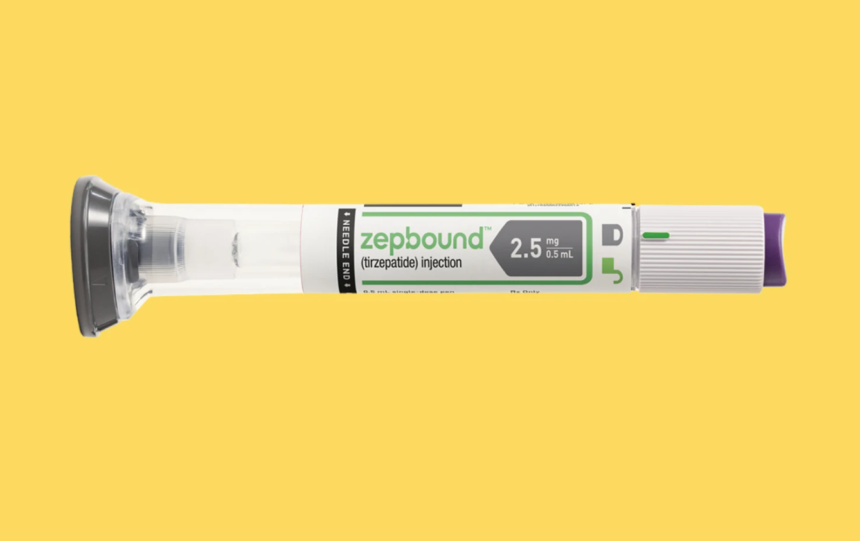Zepbound A weight Loss Drug: Zepbound, like Ozempic and Wegovy, is part of a new class of medicines that have exploded in popularity in the United States.
A new weight loss medication that promises to be the most effective yet has been approved. What distinguishes Zepbound, a weekly injectable treatment set to be available shortly after Thanksgiving, from other weight loss medications? Zepbound, manufactured by Eli Lilly, belongs to a novel class of drugs known as GLP-1 agonists, which have grown in favor in the United States in recent years. The medications Ozempic and Wegovy from Novo Nordisk and Mounjaro from Lilly are the same type.
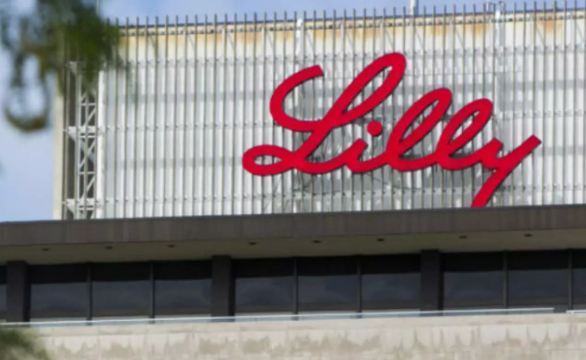
Also read-Pizza : How To Make Pizza Healthier For Our Body And For Our Life
Diabetes patients are given Ozempic and Mounjaro to assist them control their blood sugar levels. Wegovy and Zepbound are designed for those who do not have diabetes but are overweight and at danger of health issues. According to Dr. Christopher McGowan, a gastroenterologist who operates a weight loss clinic in Cary, North Carolina, It helped clients lose an average of 52 pounds in clinical trials, closely matching the weight loss outcomes observed with bariatric surgery.
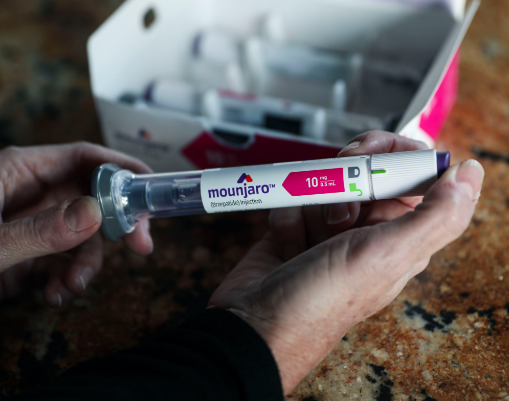
Here’s all you need to know about Lilly’s new medication.
How well does Zepbound work?
Tirzepatide, the main ingredient in Zepbound, mimics a hormone that helps lessen food cravings. Tirzepatide is also found in the diabetes medicine Mounjaro. Semaglutide, a component in Ozempic and Wegovy, can decrease appetite by imitating a hormone that signals to the brain when a person is full. What makes tirzepatide even more effective is that it mimics a second hormone called GIP, which may increase how the body breaks down sugar and fat, so amplifying the weight reduction effects.

In a phase 3 clinical trial, the maximum dose of tirzepatide, 15 milligrams, resulted in an average weight loss of 22.5% body weight, or roughly 52 pounds. The study’s participants were either obese or overweight, with at least one weight-related condition. Patients lost weight at lesser doses as well: at 10 mg, the average weight loss was about 21.4%, or about 48 pounds; at 5 mg, the average weight loss was around 16%, or about 35 pounds.
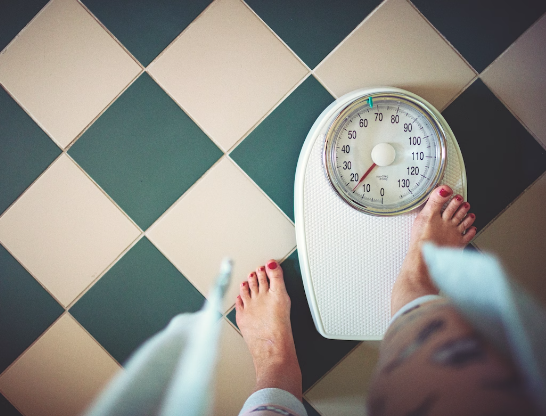
Semaglutide was demonstrated in similar trials to reduce body weight by roughly 15%, or around 34 pounds, after 68 weeks. To be clear, they aren’t direct comparisons because the medications weren’t tested side by side in a clinical trial.
Who is eligible to take Zepbound?
It was approved by the Food and Drug Administration for people with a BMI of at least 30 or a BMI of 27 or more if the patient also has another weight-related issue such as high blood pressure, heart disease, or obstructive sleep apnea. According to the FDA, the medicine should be used in conjunction with a low-calorie diet and exercise.
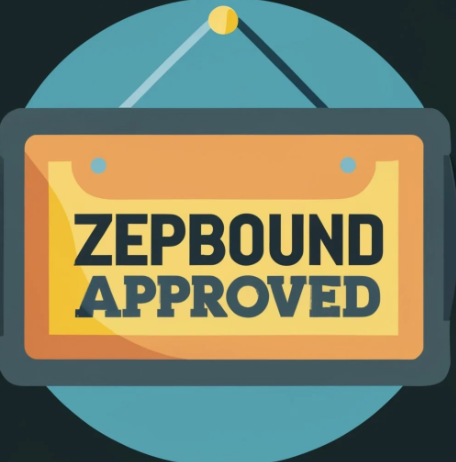
People using the drug should not use any other GLP-1 agonists, such as Ozempic or Wegovy. Zepbound is solely for adults above the age of 18. Wegovy is only available to those over the age of 12. The FDA states on it’s label that the drug’s safety and effectiveness in teens and adolescents have not yet been demonstrated.
McGowan emphasized that both drugs are extremely effective. He advised patients to consider two factors when picking between Zepbound and Wegovy: insurance coverage and their specific response to each medication.
How much will I have to pay for Zepbound?
While it is less expensive than Wegovy, which is priced around $1,300 for a month’s supply, both medications may be too pricey for many people who are eligible. Weight loss drugs are frequently denied by insurance companies. By law, Medicare does not cover them. “Cost will be a barrier,” said Dr. Nishant Shah of Duke University Medical Center in Durham, North Carolina. Patients can sign up for a copay or a discount card program on Eli Lilly’s website, according to the company.
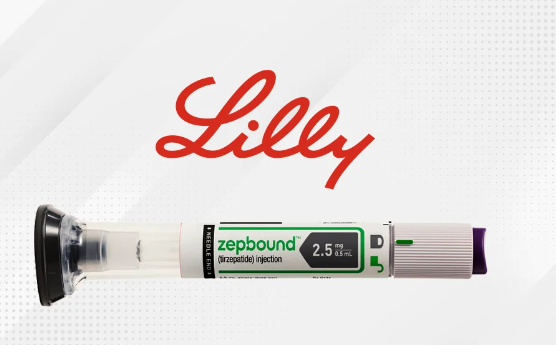
People who may receive Zepbound through business insurance may be able to pay as little as $25 for a one-month or three-month supply, according to the company. According to the firm, people who are commercially insured but do not have Zepbound coverage may be eligible to pay as little as $550 for a one-month prescription of Zepbound. During a press conference on Wednesday, the business stated that it is working with insurers to help more people afford the prescription.
What are the risks of taking weight loss drugs?
Zepbound, like other GLP-1 agonists, can induce unpleasant side effects like as gastrointestinal issues.
Side effects listed on the FDA’s medication label include:
- Nausea
- Diarrhea
- Vomiting
- Constipation
- Stomach pain
Other notable side effects include:
- Hair loss
- Belching or burping
- Gastroesophageal reflux disease, or GERD
According to Dr. Daniela Hurtado Andrade, an endocrinologist at the Mayo Clinic, people frequently experience those adverse effects as they increase the dosage at the start of treatment, but they normally go away after a while.
Pregnant women should avoid taking the medicine. According to the FDA, patients should be monitored for depression or suicidal thoughts and immediately discontinue it if these symptoms emerge. While it label does not specifically mention the risk of stomach paralysis, also known as gastroparesis, some patients have reported experiencing this effect with other weight reduction drugs.
When will Zepbound be available?
Doctors in the United States should be able to prescribe it after Thanksgiving, though Lilly executives did not specify how many doses would be accessible this year. Given the expected high demand, it’s unclear what kinds of shortages anyone seeking the medicine would experience. Lilly stated at the Wednesday briefing that supply is likely to increase through 2024.
Frequently asked questions
What is the cost of Zepbound?
What will the cost of it be? While it is less expensive than Wegovy, which is priced around $1,300 for a month’s supply, both medications may be too pricey for many people who are eligible.
What is the Eli Lilly controversy?
According to court records, Eli Lilly & Co (LLY. N) and a former employee agreed to settle a complaint in which the worker claimed she was fired after pointing out bad production methods and data falsification involving one of the company’s bestselling diabetes medications.
What is the most profitable drug in Eli Lilly?
Last year, Eli Lilly’s diabetes medicine Trulicity produced more than $7.4 billion in revenue, accounting for more than one-quarter of the company’s overall revenue of $28.5 billion.
Click here, to check HNN’s latest Post.
Also read-ADHD: ADHD Symptoms in Adults And Diagnosing ADHD For Good Health
images source: Google







